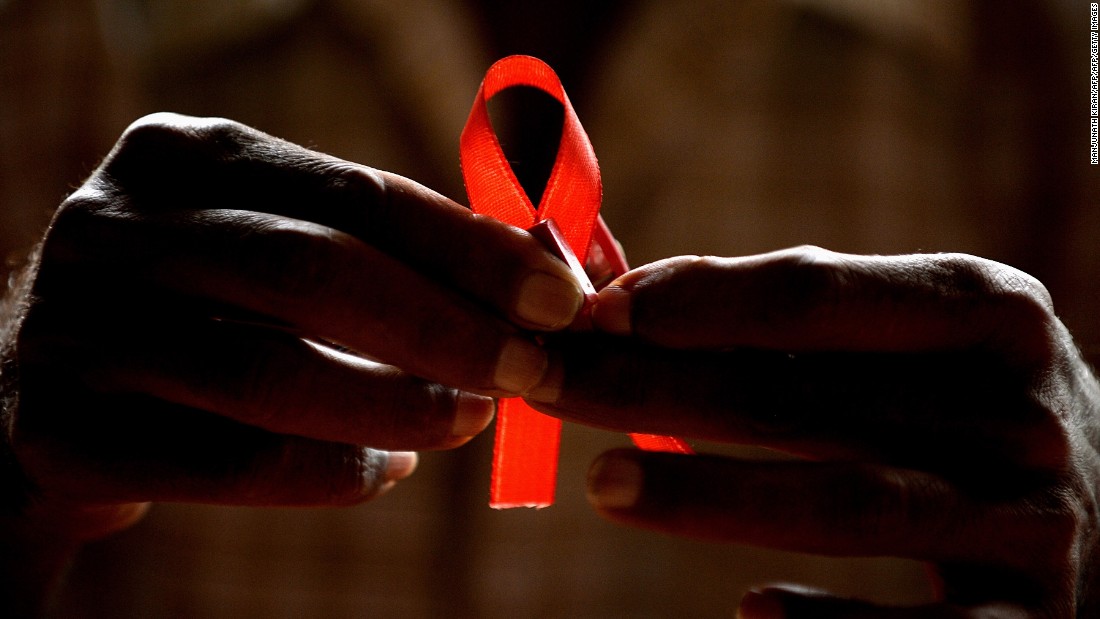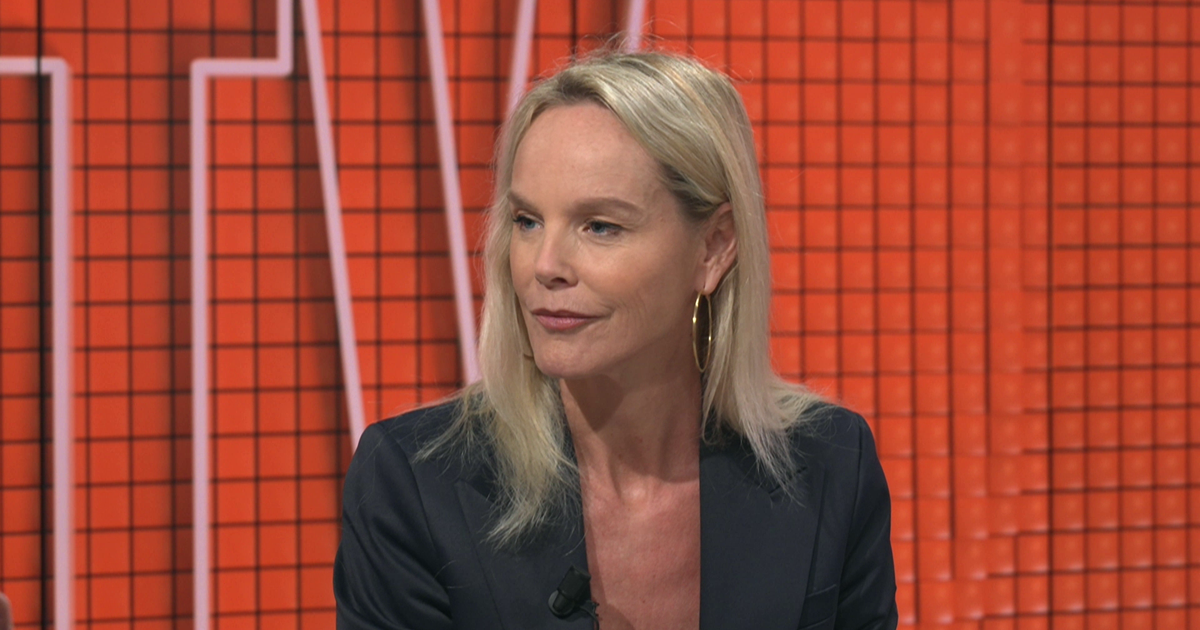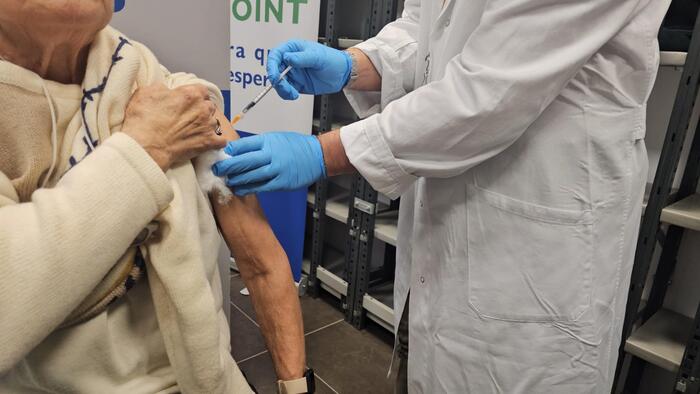Covid-19 pandemic worsens global HIV / AIDS epidemic 2:00
Editor's Note:
Mark Dybul is Co-Director of the Center for Global Health Practice and Impact and Professor of Medicine at Georgetown University, Washington.
Sharon Lewin is Director of the Peter Doherty Institute for Infections and Immunity and Professor of Medicine at the University of Melbourne, Australia.
They are co-chairs of the International AIDS Society Initiative Towards an HIV Cure.
The opinions expressed in this column are yours.
See more opinion on CNN en Español.
(CNN) -
As the world correctly focuses on covid-19, this Tuesday, World AIDS Day, we must remember that another pandemic resulted from the spread of a virus from animals to humans.
HIV has infected more than 77 million people worldwide and, despite significant advances in treatments, has killed more than 35 million people, including 690,000 in the past year alone.
Two-thirds of all new infections and deaths occur in Africa.
Now, UNAIDS estimates that the covid-19 pandemic may slow progress on HIV by a decade.
Science has been the backbone of the response to HIV.
Daily antiviral therapy has turned an HIV diagnosis from a death sentence, and today those infected can expect to have a near normal life expectancy.
Science also prompted an unprecedented global response.
In 2005, President George W. Bush launched the President's Emergency Plan for AIDS Relief (PEPFAR), which continues to provide $ 6 billion a year to administer antiviral drugs in low- and middle-income countries.
At that time, the largest international health initiative in history, PEPFAR has enjoyed strong bipartisan support for more than 15 years.
The world came together to create the Global Fund to Fight AIDS, Tuberculosis and Malaria.
Together, these two programs have helped countries save the lives of more than 20 million people living with HIV.
Yet more than 30 years after the HIV pandemic, more than 13 million people still do not have access to antiretroviral therapy (ART) and the treatment they need on a daily basis.
Factors ranging from new infections, limited access to healthcare, stigma, discrimination, persistent myths, fears about treatment, and supply chain limitations have all contributed to preventing full control and access to treatment of HIV.
It is time to put the need for an HIV cure more firmly on the political agenda.
While interventions that lead to a meaningful cure, allowing people to safely stop taking antiviral drugs, are at least decades away, we need to start planning for them sooner rather than later.
Once available, we must ensure that a cure can be successfully delivered to the most disease-ridden countries and delivery must arrive quickly.
Infectious disease expert Dr. Anthony Fauci recently commented on the three promising new covid-19 vaccines that the hardest part of any medical breakthrough is getting a product that works for as many people as possible.
Consider the case of pre-exposure prophylaxis, or PrEP, a daily tablet that provides almost complete protection against HIV when taken daily.
The expansion of oral PrEP has been slow, despite receiving FDA approval in 2012. An estimated 350,000 people have used PrEP, two-thirds of them in the United States, a far cry from the United Nations target of three million users by 2020. Some of the barriers to scaling up PrEP include who covers the cost, little awareness of its effectiveness and where to get it, and challenges staying on PrEP for long periods of time.
The lesson here?
Start planning the release when the research looks promising.
Don't wait for a product to be approved.
Because right now?
In addition to the global lack of access to life-saving treatment, treatment is not perfect and people living with HIV still face stigma and discrimination, problems that will take time to overcome.
There is also the cost.
Over a 16-year period, the world spent approximately $ 560 billion on HIV.
With 1.7 million new infections per year and every person living with HIV in need of treatment for life, sustaining such huge investments is a challenge.
LOOK
: Similarities and differences between HIV and covid-19
An HIV cure, by contrast, would mitigate the virus's long-term health and financial consequences and eventually replace daily treatment.
This would facilitate cost savings that could free up health resources for other priority diseases.
It could also catalyze the control of a pandemic.
In other words, by switching from lifetime ART to a finite fixed period of ART, there will be greater motivation for people with HIV to access and adhere to ART.
Most importantly, the scientific case for a cure for HIV has grown stronger over the past decade.
We know that a cure is possible thanks to the case reports of two men, Timothy Brown and Adam Castillejo, who were cured of HIV after a stem cell transplant.
In addition, combined interventions that stimulate the immune system have led to cures in monkeys.
Given the high level of safety, the evaluation of many interventions is now complete, allowing clinical trials of combination cure strategies that are now underway.
For the HIV cure to have the maximum impact, it must be affordable, feasible and acceptable in all countries most affected by the virus.
Therefore, we are proposing steps to plan an HIV cure now, including defining a Target Product Profile (TPP) and establishing the HIV Cure Africa Acceleration Partnership (HCAAP), a multidisciplinary public-private partnership to catalyze and promote HIV cure research through multi-stakeholder engagement.
TPPs are an integral feature of any drug development process, to align stakeholders, including pharmaceutical companies, product development associations, regulators, end users, donors, and civil society around a clear set of objectives or requirements for a potential product.
HCAAP will convene stakeholders, including people living with HIV, at an early stage to accelerate the design, socialization, and rapid adoption of products to cure HIV.
LOOK
: Timothy Ray Brown, the first person cured of HIV, dies
This last point is essential: to maximize the likelihood that they are used, it is essential that contributions from the communities themselves help drive both research and product development.
As Bill Foege details in his book
Burning House: The Fight to Eradicate Smallpox
, the vaccine delivery mechanism originally developed resembled a weapon, resulting in low acceptance rates in some cultures.
By changing the shape of the tool, a barrier was overcome to eliminate the disease.
With continuing scientific advances, researchers have recognized that there will be successive generations of interventions that lead to a cure for HIV, beginning with combined interventions to boost the immune system and reduce the residual virus pool, and possibly even extending to gene therapies in the future. future.
Those solutions, while promising now, are still a long way off.
But that's precisely why planning for an HIV cure begins now.
HIV AIDS


/cloudfront-eu-central-1.images.arcpublishing.com/prisa/OOLBKF5K4VFN7EA7IFFA4PMVUE.jpg)









